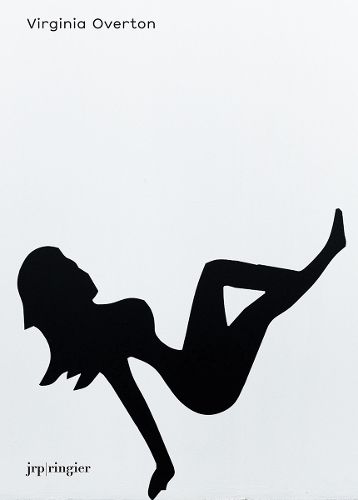Readings Newsletter
Become a Readings Member to make your shopping experience even easier.
Sign in or sign up for free!
You’re not far away from qualifying for FREE standard shipping within Australia
You’ve qualified for FREE standard shipping within Australia
The cart is loading…






This is the first monograph on the work of New York-based Virginia Overton (born 1971), which comprises installation, sculpture and photography, often made in response to a particular space. Through a process of trial and error, she creates sculpture that is performative, sometimes obstructing, bisecting, dividing or joining the architecture of a space with works that are both dramatic and minimal in feel. Infused with an ethos of economy, Overton’s practice favors elemental materials, frequently recycled objects that are found on site or things discovered in the environs of the exhibition space. More commonly associated with architecture, construction work, or farming, materials such as wood, metal, Perspex and fluorescent lighting are thus cut, bent and hammered into works that talk about the way their materials have been used. While Overton’s work is clearly in dialogue with Minimalist sculpture, and, in particular, with the work of both Donald Judd and Richard Serra, it also deals with the transformation of architectural space.
$9.00 standard shipping within Australia
FREE standard shipping within Australia for orders over $100.00
Express & International shipping calculated at checkout
This is the first monograph on the work of New York-based Virginia Overton (born 1971), which comprises installation, sculpture and photography, often made in response to a particular space. Through a process of trial and error, she creates sculpture that is performative, sometimes obstructing, bisecting, dividing or joining the architecture of a space with works that are both dramatic and minimal in feel. Infused with an ethos of economy, Overton’s practice favors elemental materials, frequently recycled objects that are found on site or things discovered in the environs of the exhibition space. More commonly associated with architecture, construction work, or farming, materials such as wood, metal, Perspex and fluorescent lighting are thus cut, bent and hammered into works that talk about the way their materials have been used. While Overton’s work is clearly in dialogue with Minimalist sculpture, and, in particular, with the work of both Donald Judd and Richard Serra, it also deals with the transformation of architectural space.